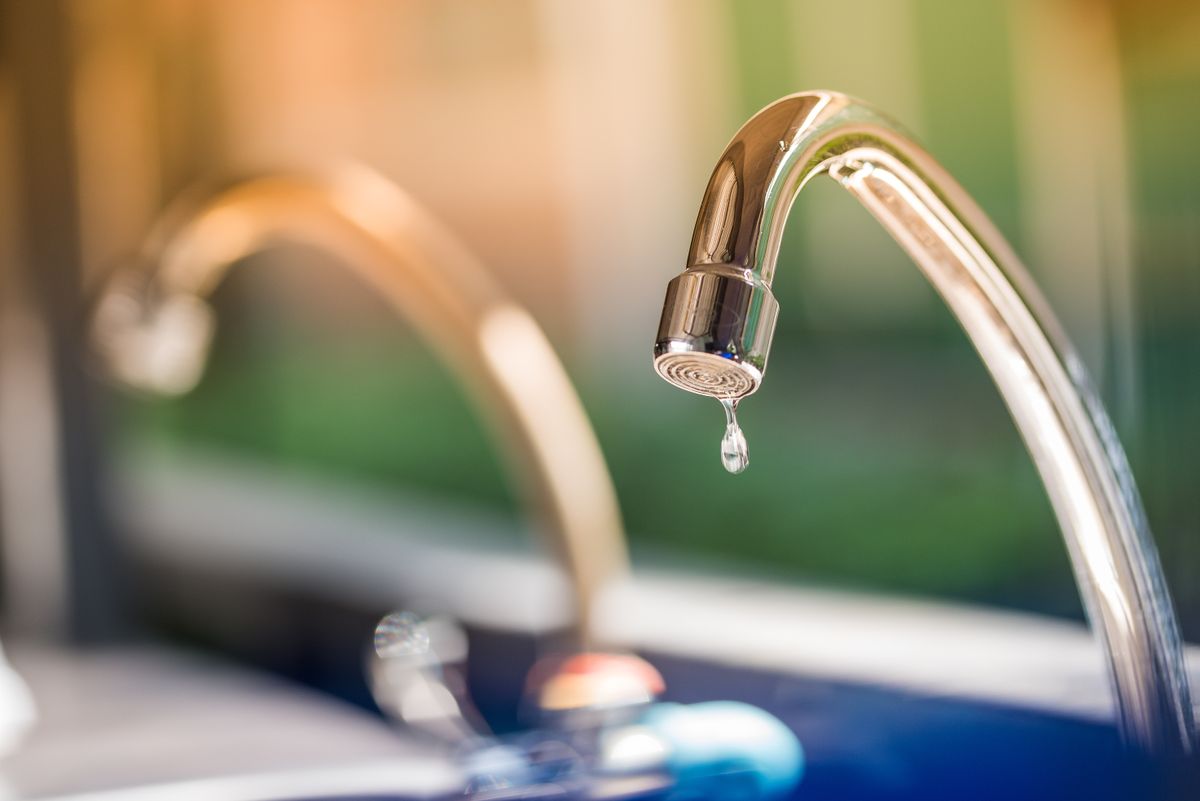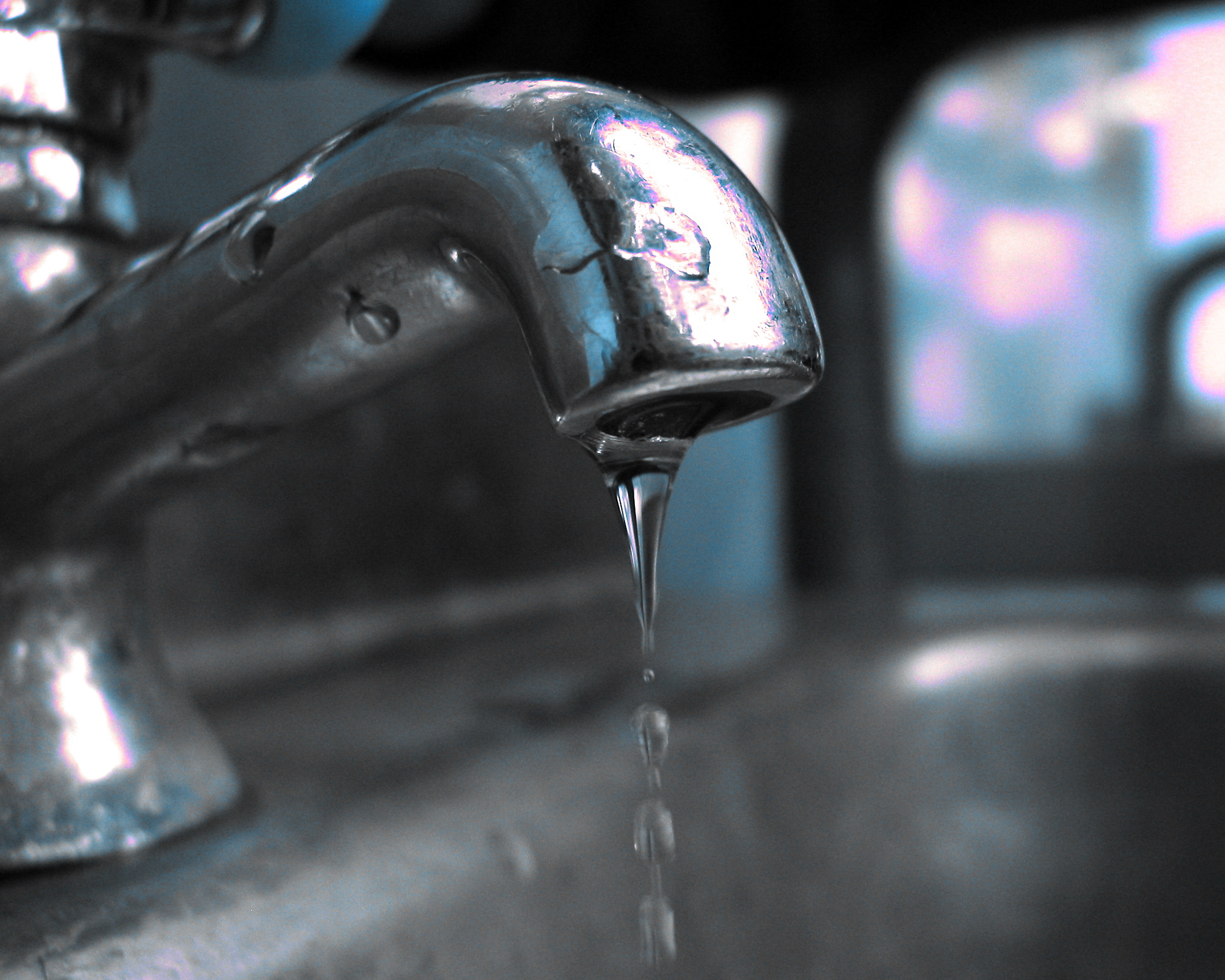Exploring the Significance of Fixing a Dripping Faucet
Exploring the Significance of Fixing a Dripping Faucet
Blog Article
The writer is making a number of great points regarding What Causes Leaky Faucets & How To Fix Them in general in the article following next.

Dripping faucets could appear like a minor aggravation, however their impact goes beyond just the annoyance of the sound. From drainage to incurring unnecessary financial prices and health risks, disregarding a dripping tap can lead to various repercussions. In this post, we'll explore why it's critical to resolve this usual house concern without delay and properly.
Wastefulness of Water
Ecological Effect
Leaking faucets contribute significantly to water wastefulness. According to the Epa (EPA), a single tap leaking at one drip per secondly can squander greater than 3,000 gallons of water annually. This not only pressures water resources but additionally affects ecosystems and wild animals dependent on them.
Step-by-Step Overview to Repairing a Dripping Tap
Tools Needed
Before trying to repair a trickling faucet, collect the essential tools, consisting of a flexible wrench, screwdrivers, replacement components (such as washing machines or cartridges), and plumber's tape.
Common Faucet Issues and Their Solutions
Recognize the sort of faucet and the details issue causing the drip. Typical troubles consist of damaged washers, corroded valve seats, or malfunctioning O-rings. Describe maker guidelines or on-line tutorials for detailed guidance on repair services.
Financial Expenses
Boosted Water Expenses
Beyond the environmental impact, dripping taps can blow up water costs significantly. The collected waste in time translates right into greater energy costs, which could have been stayed clear of with prompt repair work.
Potential Residential Property Damage
Moreover, extended leaking can result in damage to components and surfaces surrounding the tap. Water build-up can trigger staining, deterioration, and even architectural issues if left neglected, leading to added repair work prices.
Health Worries
Mold And Mildew and Mildew Growth
The consistent presence of wetness from a trickling tap creates an excellent environment for mold and mildew development. These fungis not just compromise indoor air quality however also pose health dangers, especially for individuals with breathing conditions or allergies.
Waterborne Illness
Stagnant water in dripping faucets can come to be a breeding place for microorganisms and various other microorganisms, enhancing the risk of waterborne diseases. Impurities such as Legionella microorganisms prosper in stagnant water, possibly bring about severe diseases when ingested or breathed in.
DIY vs. Specialist Repair service
Benefits and drawbacks of Do It Yourself Repair Work
While some might attempt to deal with a leaking tap themselves, DIY fixings come with their very own set of difficulties. Without correct knowledge and devices, DIY efforts can exacerbate the problem or bring about incomplete repair work, lengthening the trouble.
Benefits of Employing an Expert Plumber
Working with a specialist plumber ensures that the underlying reason for the leaking tap is resolved efficiently. Plumbing technicians have the experience and tools to detect and fix tap problems effectively, saving time and reducing the risk of further damages.
Ecological Duty
Private Contribution to Conservation
Taking duty for fixing trickling taps straightens with more comprehensive efforts towards water preservation and environmental sustainability. Every person's actions collectively make a significant influence on protecting precious sources.
Lasting Living Practices
By prioritizing punctual repair services and adopting water-saving behaviors, individuals add to sustainable living techniques that profit both existing and future generations.
Safety nets
Regular Upkeep Tips
To prevent leaking taps, carry out routine upkeep such as cleaning aerators, inspecting for leaks, and changing damaged parts immediately. Additionally, think about mounting water-saving devices or upgrading to a lot more reliable fixtures.
Significance of Prompt Fixes
Addressing dripping taps as quickly as they're noticed avoids additional water wastefulness and potential damage, ultimately saving both water and money over time.
Effect On Property Value
Perception of Well-Maintained Property
Maintaining a home in good condition, including addressing maintenance concerns like leaking faucets, enhances its regarded worth and charm among potential customers or occupants.
Influence on Resale Worth
Qualities with well-kept plumbing components, consisting of faucets, command greater resale values in the property market. Dealing with trickling faucets can add to a positive impact throughout residential or commercial property examinations and settlements.
Verdict
Addressing a leaking tap goes beyond simple ease; it's a vital action towards conserving water, decreasing monetary prices, and safeguarding health and wellness and residential property. Whether via do it yourself fixings or specialist assistance, taking action to repair leaking faucets is a little yet impactful method to promote accountable stewardship of resources and contribute to a healthier, more sustainable future.
How to Fix a Leaky Faucet: Step-by-Step Repair Guide
A leaky faucet may seem like a simple annoyance, but if it's not fixed promptly, that leak could cost hundreds to potentially thousands. From water damage to mold, mildew, and high water bills, even a tiny leak can be catastrophic if left unattended. Damage like this can even affect the overall value of your home, so it's important to take the right approach for leaky faucet repair. You may need the help of a plumber in some cases, but we've got a few tips you can try on how to fix a leaky faucet before calling the pros.
Four Faucet Types
When you're learning how to fix a leaky faucet, the first step is knowing what kind of faucet you're working with! There are four common types.
Cartridge Faucets
Cartridge faucets come in one- or two-handled varieties. In one-handled cartridge faucets, hot and cold water combines in a single cartridge. In the two-handled versions, hot and cold water are controlled separately and mixed in the faucet.
Ball Faucets
Ball faucets have a single lever you push up and down to adjust the pressure and rotate to change the temperature. A slotted metal ball controls the amount of water allowed into the spout.
Compression Washer Faucets
They're the oldest type of faucet, but they're still used in many homes — especially older ones. Compression faucets have two separate handles that, when turned, raise or lower the washer that seals a water valve. This valve stops water from flowing through the faucet when it is turned off.
Disc Faucets
Disc faucets rarely need to be repaired due to their maintenance-free design. The water flow is controlled by two discs — the upper one raises and lowers against a fixed lower disc, creating a watertight seal. If your disc faucet starts leaking, you may need to replace the seals or clean residue buildup from the inlets.
Fixing a Leaky Faucet
Step 1: Turn Off the Water
Whether you're learning how to fix a leaky bathtub faucet or how to fix a leaky kitchen faucet, always turn off the water supply to your working area when you're fixing a leak. The last thing you want is a flood added to your list of things to fix.
Look for the shutoff valves below your sink or around the tub and turn them clockwise to stop the water flow. If your faucet doesn't have shutoff valves, you may need to turn off the water for the whole house. Check to make sure it's off by turning the faucet on. If nothing comes out, you're ready to start the repair.
Step 2: Take Apart the Faucet
How you disassemble your faucet depends on the type of fixture you have. You can use a flathead screwdriver to remove the caps on top of the handle or handles for cartridge and compression faucets. Inside, you should see handle screws. Unscrew these with a screwdriver to remove the handle.
Disc- and ball-style faucets will typically have an inlet screw near the handle, and removing that will reveal the interior of the faucet.
Detach the Valve Stem
For cartridge- and compression-style faucets, you'll see the inner valve stem or cartridge once you remove the faucet handles. If you have a compression faucet, unscrew the brass valve stem. If you have a cartridge faucet, pull out the cartridge. If your cartridge has been in place for a while, it may require some tools or extra force to remove it due to mineral deposits.
Examine and Replace Parts
Once you've removed the parts, check them out to confirm what needs to be replaced. You may see corroded rubber washers, O-rings, stems, or cartridges. On a ball-style faucet, check the seats and springs for damage.
If you need to repair a leaky disc faucet, check the inlet and seals on the lower disc.
Once you determine what parts must be replaced, visit your local hardware store. Bring the damaged parts with you to ensure you can purchase the correct components to replace them.
Clean Valves and Faucet Cavity
If you've removed a stem or cartridge, you may notice mineral buildup in the faucet's threads. Use white vinegar to clean the valve seat by soaking it for a few minutes, then scrub it away with a soft toothbrush and rinse with warm water. You can also clean the interior of the faucet in the same way.
Reassemble the Faucet
Once your faucet is cleaned and the required parts have been replaced, it's time to reassemble it. Put the pieces back together and slowly turn the water supply back on. Doing this slowly is crucial because too much initial water pressure can damage the new hardware you've just installed.
https://homewarranty.firstam.com/blog/how-to-fix-leaky-faucet

I am very excited about Leaky Faucets: Why They Happen & What to Do About Them and I'm hoping you enjoyed reading the entry. Sharing is good. Helping people is fun. Thank you so much for your time spent reading it.
Report this page